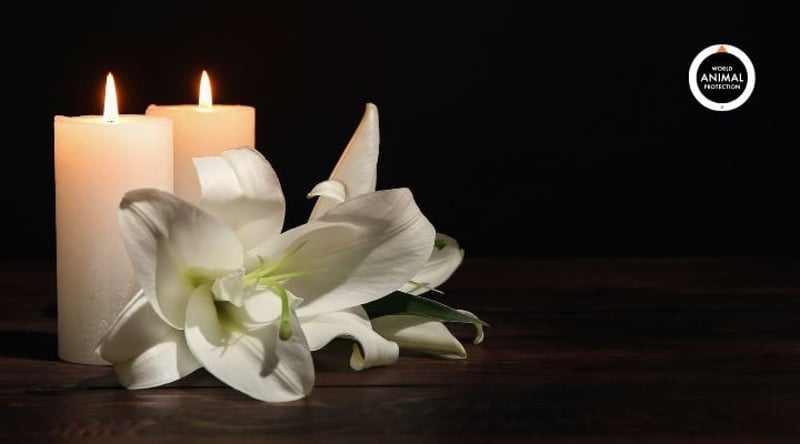
Infant Dolphin (2025-2025)
Obituary
The unnamed dolphin calf died just days after birth in Indiana.
An unnamed infant dolphin died at the Indianapolis Zoo just three days after they were born to a first-time mother. The dolphin “began to rapidly decline” shortly after birth, according to the zoo.
Captive dolphins have a higher rate of infant mortality than free-roaming dolphins. Dolphins in captivity are routinely removed from their mothers prematurely, resulting in dolphins lacking basic survival and caregiving skills. Female dolphins learn how to care for their babies from their mothers; without these vital skills, they aren’t equipped when they become parents.
Dolphin calves who survive infancy face a lifetime of misery. They will spend decades in concrete tanks that are designed to maximize visitor enjoyment—not dolphin welfare. Instead of a vast and dynamic ocean, dolphins in captivity are forced to swim in tiny enclosures that lack the depth, colors, and textures they would experience in the wild. Bottlenose dolphins’ home ranges are more than 39 square miles. It’s not possible to replicate this in captivity.
No dolphin should spend a lifetime in a tank for human enjoyment. World Animal Protection urges everyone who loves dolphins to avoid zoos and enjoy them in the wild.
